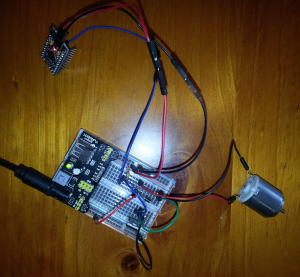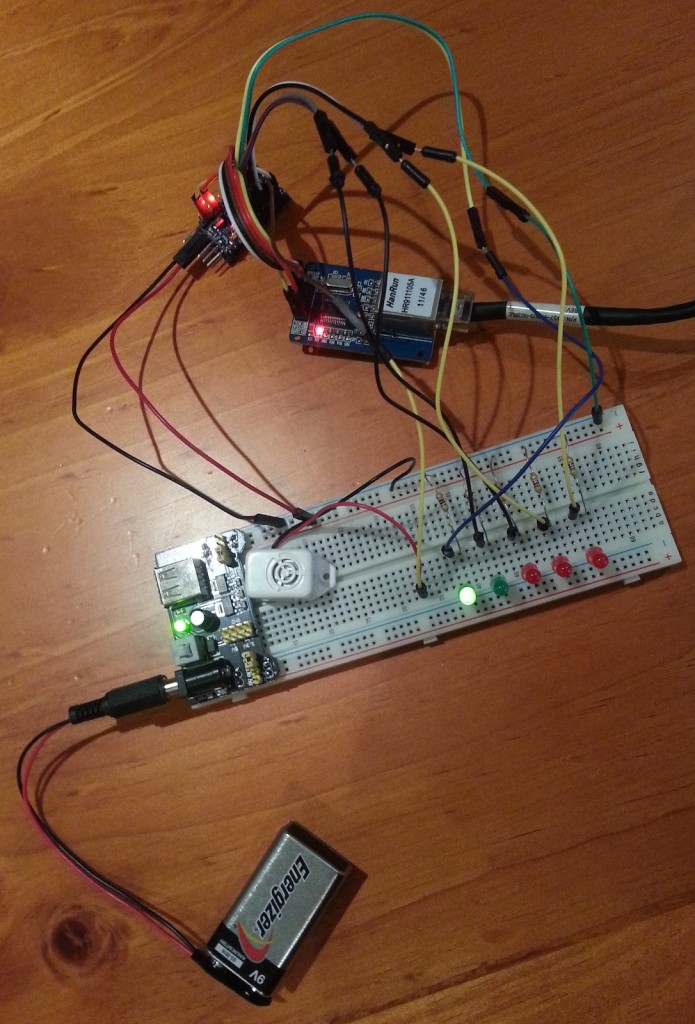Different application’s approach: Sugar 7 framework
For whoever is reading this article and is not familiar with Sugar on the most recent version 7.x of the product, it is important to note that the application’s core is now a RESTful based API.
The presentation layer is based on SugarCRM’s framework “Sidecar”, that uses quite a few Open Source libraries (including Bootstrap, jQuery, Handlebar and Backbone.js).
The framework’s MVC layer is cached/stored within the browser at the first application’s load and interacts with the REST API on every subsequent call, creating a more powerful experience as a Single Page Application.
The great concept around the newer application’s framework is that everything can now be achieved interacting with the application via API calls, if it can be done in the application by using the interface (except BWC functionality).
By doing so, the framework provides extreme flexibility and huge integration capabilities, and therefore it allows customers to build any business process around the application.
Read more


